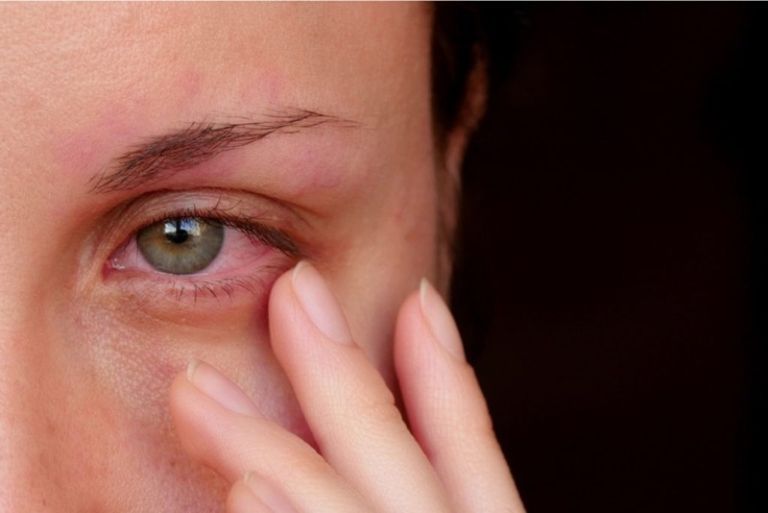Introduction

In recent years, 80–90% of children in East Asia have become myopic.
School-age myopia has been surging rapidly across Asia, especially in Vietnam. Many parents are searching for natural ways to help their children reduce myopia progression or at least slow down the rate of increase. One of the simplest methods—scientifically proven to be effective—is allowing children to spend 2 hours outdoors every day.
But why does such a normal activity help reduce myopia progression? How exactly does sunlight affect the eyes? And do all children benefit equally? This article will clearly and fully explain the science behind it.
UVB and Outdoor Light
In East Asia, 80–90% of children have recently become myopic, while in Europe and the Americas, the rate is only 40–50%. Multiple studies in Europe and Asia have consistently shown that children who spend more time outdoors have a significantly lower risk of developing myopia.
Not genetics – but environment
Genetics plays only a small role in myopia. The real driver behind the rise of school-age myopia is the environment—heavy studying, lack of natural light, and excessive device use.
It’s easy to see why East Asian countries have myopia rates as high as 80–90%, while Europe and the U.S. remain at 40–50%. Children in Asia spend more time indoors studying, attending extra classes, and doing homework—leaving very little time outdoors.
Retinal Dopamine

Spending time outdoors only helps reduce the risk of developing myopia in children—it does not directly reduce existing myopia.
Although UVB light was once suspected to help reduce myopia progression, research has shown that vitamin D is not related to myopia reduction.
So what is the real factor?
High-intensity visible light is the key
According to Dr. Donald Mutti (The Ohio State University), bright outdoor light stimulates the retina to release dopamine—a neurotransmitter that prevents the eye from elongating, which is the main cause of myopia progression. Indoors, light levels are significantly lower, allowing the eye to elongate more easily.
Many studies recommend 120 minutes of outdoor time daily to reduce the risk of developing myopia and slow progression in high-risk children. Notably:
- The effect is strongest between ages 6–14, when the eyes are rapidly developing.
- Outdoor time helps reduce the risk of becoming myopic but does not reduce existing myopia.
Outdoor Time Reduces Myopia Rates

Parents should encourage more outdoor playtime to prevent early myopia.
The Taiwan Case
After the Ministry of Education required primary schools to increase daily outdoor recess:
- Within 5 years, the rate of new myopia cases dropped for the first time in 40 years.
- This is one of the strongest real-world proofs that outdoor time significantly reduces myopia risk.
This was also the first time in 40 years that Taiwan’s school myopia rate decreased.
European Research
Another study by researchers from King’s College London, the London School of Hygiene & Tropical Medicine, and other institutions examined 371 myopic Europeans and 2,797 non-myopic individuals. Results showed:
- Those who spent more time in sunlight—especially between ages 14–29—were less likely to be myopic.
- People with higher education levels had higher myopia rates—not because of studying, but because they spent less time outdoors.
Why Is “Going Outside” So Effective?
- Outdoor light is 10–20 times stronger than indoor light. Even on cloudy days, outdoor light exceeds 10,000 lux, while classroom light is only 300–500 lux. This intensity is crucial for slowing myopia progression.
- Outdoors, children naturally look far distances and frequently shift focus. Indoors, they mainly look at near targets—books, tablets, screens—placing stress on the eyes.
- Physical activity outdoors also decreases screen time, a major contributor to rapid myopia progression.
Does Outdoor Time Cure Myopia?
The answer is no.
Outdoor time cannot reduce existing myopia, but it can:
- Reduce the risk of developing myopia in children who are not yet myopic
- Slow the rate of myopia progression in high-risk children
- Limit excessive axial elongation
Therefore, this is a preventive measure, not a treatment.
What Should Parents Do to Help Reduce Myopia Risk?
Below are scientifically proven habits:
✔ Allow children 2 hours outdoors daily. Divide into 2–3 sessions of 30–40 minutes. Direct sun exposure is not required—daylight alone is enough to activate retinal dopamine.
✔ Reduce screen time and avoid near work for more than 45 minutes continuously. Apply the 20–20–20 rule: every 20 minutes, look 20 seconds at a distance of 6 meters.
✔ Improve eye-healthy nutrition: green vegetables, fish, eggs, nuts. Supplement omega-3, vitamin A–C–E to protect the retina.
✔ Ensure proper lighting for reading. Dim light forces the eyes to work harder, increasing the risk of fatigue and myopia.
When Is Professional Myopia Control Needed?
If a child already has myopia and the degree increases by more than 1.0D per year, parents should take them for an early eye examination so the doctor may recommend:
- Low-dose Atropine eye drops
- Ortho-K contact lenses
- Specialized myopia control spectacle lenses
- International-standard myopia control programs at the clinic
Outdoor time remains important, but it is not enough if a child already has progressive myopia.
Allowing children 2 hours outdoors daily is a simple, natural, and scientifically proven way to help reduce myopia risk and slow progression. Bright outdoor light stimulates dopamine release in the retina, limiting axial elongation—the core cause of myopia.
Although it cannot reduce existing myopia, this is a “golden habit” every family should adopt to protect children’s vision in an era filled with studying, screens, and digital devices.

 vi
vi 21-Nov-2025
21-Nov-2025










 0916.741.763
0916.741.763 Appointment
Appointment